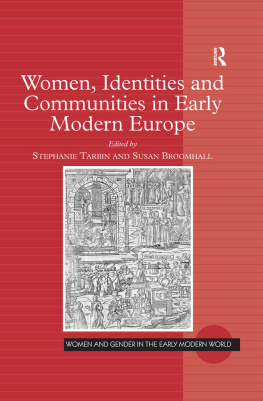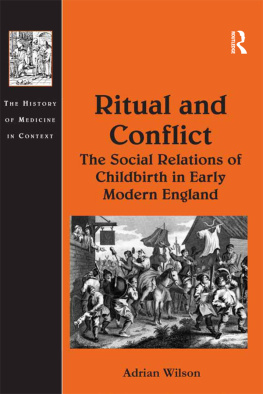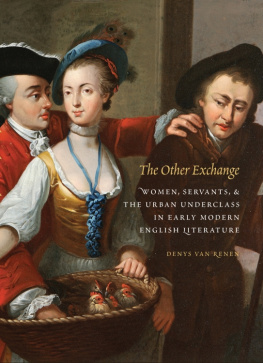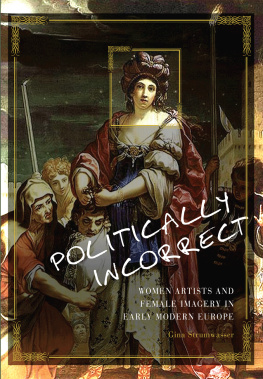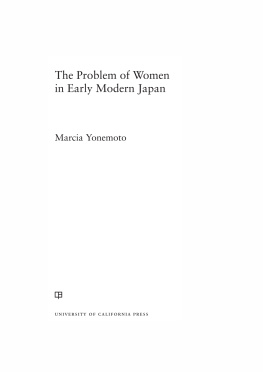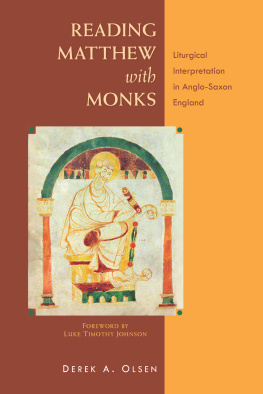Conclusion
In Conversation: A History of a Declining Art, Stephen Miller questions the relevance of conversation for a society that is becoming more solipsistic by the day. As technology decreases opportunities for face-to-face interaction and isolates individuals behind iPods and computer screens, he argues, conversation can seem increasingly obsolete. Miller, who focuses primarily on oral interchange, is right to lament the erosion of politeness and conversational decorum that has accompanied the shift to a more individualized society and to ponder whether conversation avoidance device[s] (282) like digital music players and video games promote or inhibit sociability. Yet he overlooks the extent to which written conversation is flourishing in place of and in conjunction with oral interaction. In developed countries, our days are infused with, sometimes even dominated by, textual conversation. Email beckons; instant messaging allows textual conversation to approximate oral interchange in real time; text messaging and online chatting have prompted a twenty-first-century version of epistolary codes designed to prevent parents from eavesdropping on teenagers conversations; chat rooms enable individuals to assume fantasy personae and to take advantage of the protection and freedom afforded by alternative social spaces.
Textual conversation does raise tantalizing and disturbing questions about its potential for solipsism and isolation. To what extent is a blogger who directs her entries to an unseen and anonymous internet audience engaged in conversation? Is Mary Sidney Herberts psalmist talking to God or to herself? What about Jane Cavendish, composing poems addressed to her reflection? Even epistolary exchange, which early modern conversational theorists present as a written alternative to oral communication, is contingent on the absence of the interlocutor. When we have access to only one half of an epistolary conversation, as in Margaret Cavendishs Sociable Letters, how do we draw conclusions about the conversation as a whole? Perhaps conversation is, as Rebecca West suggests, nothing more than a series of intersecting monologues (85). Yet even in its seemingly most solitary manifestations, conversation is fundamentally concerned with mediating relationships between self and other. The explosion of online social networking sites exemplifies this phenomenon. A Facebook status update or a Twitter tweet may masquerade as a solipsistic statement, but both are inherently interactive, and their blatantly public formats mean that these personal updates regularly generate often animated, albeit truncated, responses from members of ones community of friends or followers. The speaking and writing subject, however isolated, is always a subject in relationship, situated within a particular social context.
Early Modern Women in Conversation has sought to demonstrate that textual conversation functioned as a powerful tool for linguistic and social engagement in early modern England, particularly for individuals denied authority in oral contexts. Exemplifying what Judith Butler has called fantasy moments of sovereign action (12), the higher degree of linguistic and spatial control afforded by textual conversation enabled Pembroke, Wroth, Cavendish, and her stepdaughters to achieve some measure of rhetorical, social, and political agency and even to equate their virtue with strategic language use. The mark of the body (Butler 152) still haunts these exchanges, whether located in the physiological imagery that characterizes Pembrokes representation of her psalmists conversations with God or in the attention devoted by Cavendish and Brackley to gestural details in The Concealed Fancies. Each of the writers featured in this book, however, manipulates and generates interactive codes and contexts in such a way as to confront and negotiate the sexualized connotations of womens conversational and spatial practice.
Gender was not, of course, the only factor affecting a womans conversational capital in the period. In The English Gentlewoman, Brathwaite alludes to women who are of esteeme in the State as powerfull Petitioners (195), while Lynne Magnusson cites the example of Desdemona, who enjoys significant verbal authority in the Senate scene in Othello (16034) because of her class habitus within Venetian society (Shakespeare and Social Dialogue 16870). At least part of the power that Pembroke, Wroth, Cavendish, and her stepdaughters claim in commanding the gestures, words, and spatial positioning of their interlocutors through textual conversation derives from the authority they enjoyed by virtue of their social and familial status. All five were aristocratic, wealthy, raised within prominent literary and political circles, and, despite Margaret Cavendishs protestations to the contrary, at least somewhat educated. All had family members who supported their literary endeavors. All were able to circulate their texts at least temporarily, whether through coterie manuscript exchange or through publication. Ultimately, however, gender and social status combine with specific linguistic strategies and relational circumstances to determine the force of language within a particular context. It is certaine, declares Guazzo in The Civile Conversation, that a sentence hath so much the more or lesse force and vigour, according to the difference of persons from whom it commeth, and of the words by which it is uttered (1.125).
If upbringing, social standing, and education provided these writers with tools to turn language to their advantage, it was paradoxically the loss or destabilization of privilege and of social and familial relationships that often prompted the most aggressive and self-conscious examples of conversational manipulation and control in their texts. What Margaret Ferguson has called gendered literacy already problematizes the literary authority and influence of this select group of women (Didos Daughters 3678). All of the writings I have examined, moreover, were produced at a time when at least some of their authors markers of social status were called into question. By the time Wroth composed Loves Victory she was struggling with debt. Many of her surviving letters testify to her financial woes, and her writings reveal her determination to secure continued court favor. The circumstances of imprisonment and exile out of which the Cavendish women wrote were far more extreme. Deprived of her aristocratic titles, deeply in debt, and faced with the loss of her husbands estates, Margaret Cavendish turned to her writings to construct an alternative position of authority for herself relative to her readers. Her stepdaughters, meanwhile, separated from their father and imprisoned within their own home, develop aggressive and manipulative relational codes and self-defensive conversational alliances within their texts to compensate for their vulnerability during the Civil Wars. Their collaborative works provide valuable evidence of the increased politicization of womens conversation during this period. Even Pembrokes Psalmes are informed by the destabilizing effect of Philip Sidneys death, the uncertain outcome of the religious wars, and Pembrokes tenuous position as self-appointed advisor to Queen Elizabeth.
The precise nature of the control afforded by textual conversation and its potential for success shifts markedly according to the particular conversational setting and the generic conventions that inform its creation. The one-sided and carefully nuanced letter offers a very different model of textual conversation than the more playful give-and-take of comic dialogue or the exchange between God and the flexible and ambiguous subject position of the psalmist. The courtly ludic space with which Wroth plays in Loves Victory



